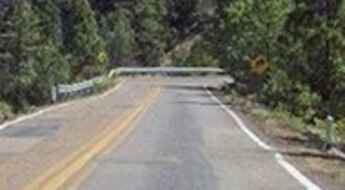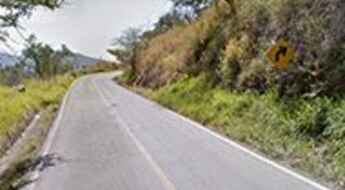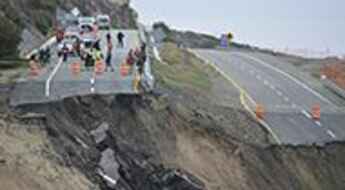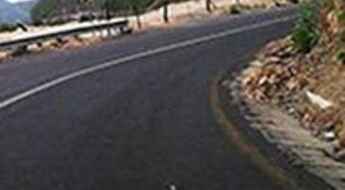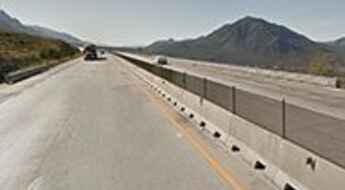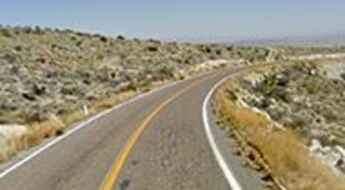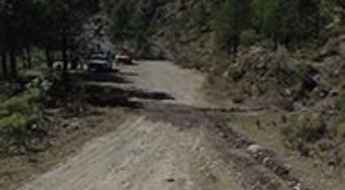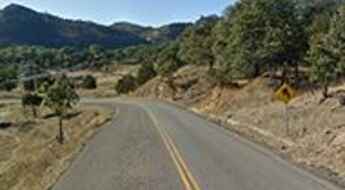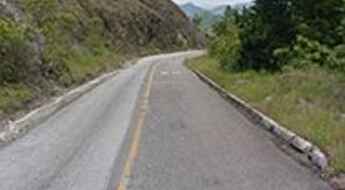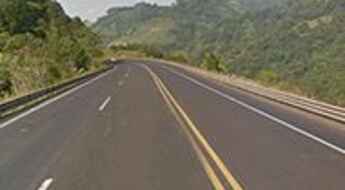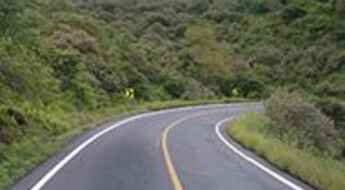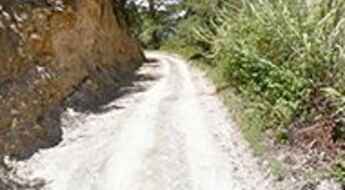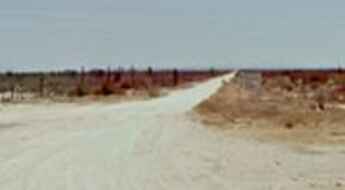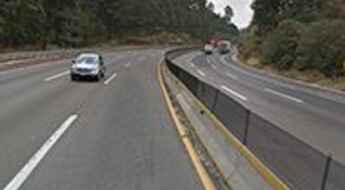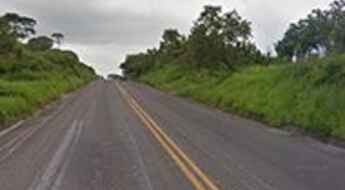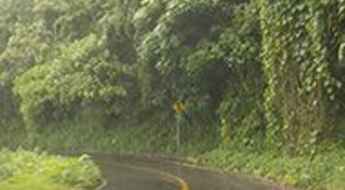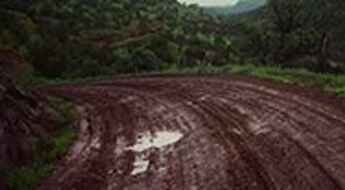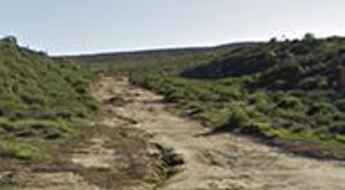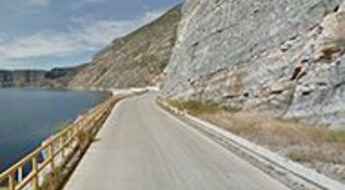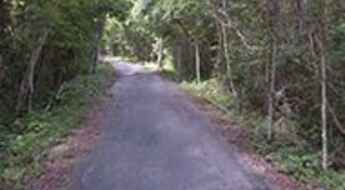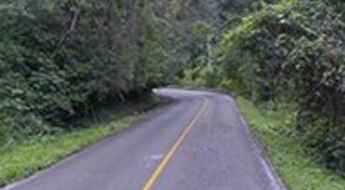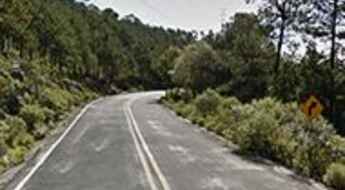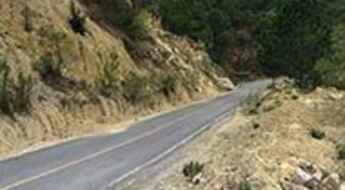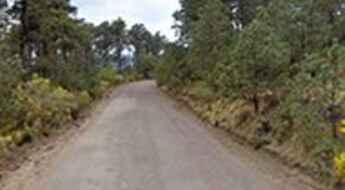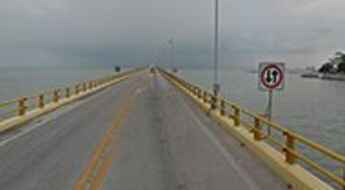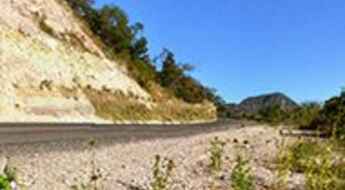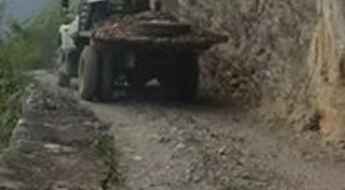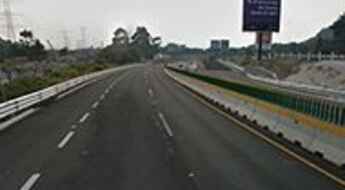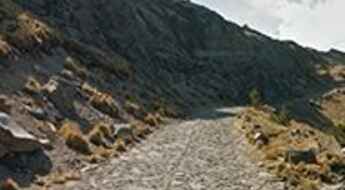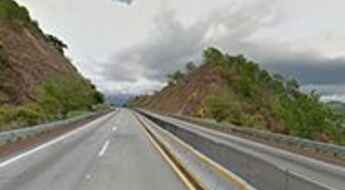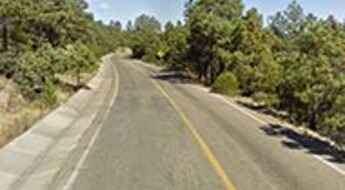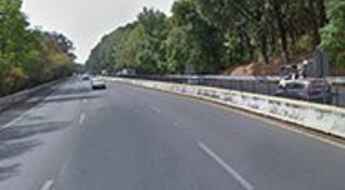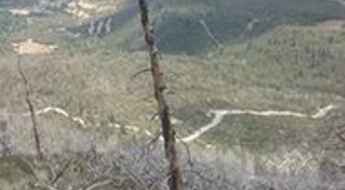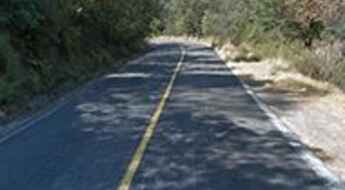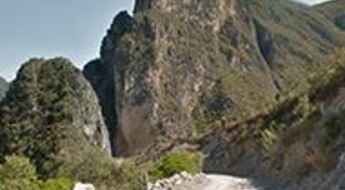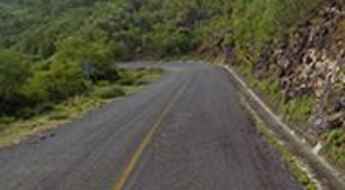What are the most spectacular roads in Mexico?
In the vibrant heart of Latin America, where mariachi rhythms echo amidst ancient pyramids and sun-kissed beaches, the roads of Mexico unfold stories of legends, beauty, and heart-pounding adventures. Take a journey down the serpentine Carretera Federal 1, where the Pacific's relentless waves play a tantalizing duet with the silent whispers of the desert. Traverse the mesmerizing Espinazo del Diablo, aptly named the 'Devil's Backbone', for its spine-chilling twists and treacherous turns.
But for those yearning for an unparalleled driving escapade, Mexico 40D, also known as the Autopista Durango-Mazatlán, awaits. This engineering marvel, etched through the rugged terrains of the western Sierra Madre, boasts an intricate network of bridges and tunnels, each offering a unique window into Mexico's grandeur. And if the mountains call out to your wanderlust soul, the road to Sierra Negra, perched high in the clouds, provides breathtaking panoramas that are nothing short of poetic.
Yet, beyond the asphalt and the scenic detours, it's the spirit of Mexico that truly enchants. The warm smiles of its people, the allure of its street markets, and the haunting beauty of its landscapes make every kilometer a testament to the nation's rich tapestry of history and culture. So, fuel up, tune into some vibrant salsa beats, and let the captivating routes of Mexico lead you to memories that will last a lifetime.
Cuesta del Cajón, a scenic road through pine forests
Cuesta del Cajón (Chihuahua state route 11) is a beautiful scenic road running through pine forests and small rocky canyons, located in the state of Chihuahua, in Mexico.
The hairpinned road to Barranca de Beltrán
Barranca de Beltrán roads (both Mexico 54D and Mexico 54, autopista Guadalajara-Manzanillo) link Guadalajara to the Pacific Ocean, mainly the cities like Colima and the resort city of Manzanillo.
Travelling through the unstable Baja California Scenic Highway
Baja California Scenic Highway (Mexican Federal Highway 1D) is a very scenic scenic toll road located in the northwestern Mexican state of Baja California.
Bajada a Xichú, a drive with spectacular views of Sierra Madre Oriental
Bajada a Xichú is a scenic road in Guanajuato state in central Mexico. The road offers spectacular views of Sierra Madre Oriental mountains and canyons.
Saltillo-Monterrey Highway, a Mexican killer road
Autopista Mexico 40D and Mexico 40 were considered Mexico deadliest highways, until the new toll route opened to traffic in 2009. The original “libre” route had sharp curves and long steep grades, until it was improved around 2000’s. Currently “libre” highway is still dangerous, but the dead list was reduced due the traffic changes after the opening of the toll route.
A paved road through the Peguis Canyon
Located in the northwestern Mexican state of Chihuahua, Cañon Peguis is a breathtaking geological feature where the Conchos River cuts 2000 feet through a mountain.
A wild 4x4 road to Piedra Grande hut
Refugio Piedra Grande is a high mountain hut at an elevation of 4.255m (13,959ft) above the sea level, located on the eastern end of the Trans-Mexican Volcanic Belt, on the border between the states of Veracruz and Puebla.
Travelling the scenic Road Mexico 16
Mexico 16 (Chihuahua-Hermosillo road) is one of the most scenic or boring roads at the same time in northern Mexico, because it has beautiful pine forest and desert sceneries in the same route and boring because it’s a too long road offering almost same views.
Adventure along the curvy Road Mexico 199
Mexico 199 is a high mountain road located in the Mexican state of Chiapas. The road is 227 km (141 miles) long.
Mexico-Tuxpan Highway, a marvel of engineering
Autopista Mexico-Tuxpan (Mexico 132D) is another great engineer achievement. This highway was under construction for over 30 years, due scandals of corruption, not enough funds and the challenge of the rugged mountains of the Sierra Madre Oriental.
Travelling through the curvy Plan de Barrancas
Plan de Barrancas roads (Mexico 15 and Mexico 15D, autopista Guadalajara-Tepic) link Guadalajara to the Pacific Ocean, mainly the cities of Tepic and the resort city of Puerto Vallarta.
Camino Rivera del Pilón: rough and bumpy
Camino Rivera del Pilón is a scenic road running along the Pilon river in Nuevo León state and Coahuila state, in Mexico.
A straight road to Puerto Cancún
Carretera a Puerto Cancún is a short gravel road located in the western coast of the Mexican state of Baja California Sur.
Highway Mexico 150D is one of the deadliest roads of the country
Highway Mexico 150D is a windy 6 lanes highway that links Mexico City and Puebla with a length of 130 kilometers. It’s a mountainous highway topping out at 3.230m (10,597ft) above the sea level.
La Ventosa (Mexico 185), one of the most dangerous roads in Mexico
La Ventosa (English; for the windy) is a small town in Oaxaca state and nickname of Mexico highway 185 because of its high speed crossing winds in almost every time in the year.
Mexico 175 (Tuxtepec Road)
The Tuxtepec road is said to be Mexico’s most scenic road! It offers everything you can wish on a road trip: mountains, desert, pine forest, jungle, cactus, mountain lakes, lots of curves, scenic views, hairpinned curves, rivers, and canyons... Except polar or ice environment can be found here.
The unpaved Bajada a Zirupa
Bajada a Zirupa is a gravel mountain road, with a length of 29.5km, nestled in the mountains of the northwestern Mexican state of Chihuahua.
Travelling through the scenic La Lobera Road
La Lobera road is a dusty and bumpy track located in the west coast of the Mexican state of Baja California, driving to a magnificent sea lion crater. Known as La Lobera, the hole looks down into a sort of underground beach, which has now been populated by sea lions.
A beautiful drive to Presa Zimapán
This is an uncategorized state route in Hidalgo and Querétaro offering great views of the mountains, the Zimapan reservoir and canyon walls.
Calakmul Road: hope no other vehicles come from the other direction
Nestled deep in the jungles of the greater Petén Basin region in southern Mexico, the road to Calakmul, a Maya archaeological site in the Mexican state of Campeche, is 64km long.
Driving through the Mexican Federal Road 307
Carretera Federal 307 is a very scenic jungle drive locate within the Montes Azules National Park, in the state of Chiapas, in southern Mexico.
A high mountain road from Xalatlaco to El Ajusco
Located on the border between Mexico State and Mexico City, the road from Xalatlaco to El Ajusco is one of the most scenic drives of the country.
Nuevo Leon 20: a memorable road trip
Located in the Mexican state of Nuevo León, the Nuevo Leon 20 runs along the San Isidro canyon.
The Wild Road to El Capulin
Located in the State of Mexico, El Capulin is a high mountain town at an elevation of 3.075m (10,088ft) above the sea level. The town is famous because its church.
Traversing the spectacular Zacatal Bridge
Located southwest of Ciudad del Carmen, in the state of Campeche in Mexico, Puente El Zacatal is one of the most spectacular bridges in the world. The bridge connects the Atasta peninsula and the Isla del Carmen.
The road to Mesa del Nayar with spectacular views
Mesa del Nayar (Road from Ixcatán-Jesús María Mexico 44) departs at Jesús María (430 masl) and goes to the coast at Ruiz, Nayarit, but it has to go up to a mountain pass of 1.780 masl near Mesa del Nayar, offering spectacular views of the coastal mountains and some canyons.
Fog and bad weather on the road to Paso de la Muerte
Death Pass (Paso de la Muerte in Spanish) is a terrible high mountain road linking the small community of Coronado Castillo to the rest of the state of Tamaulipas. Words can’t describe the road and pictures don’t do it justice.
La Marquesa, one of the deadliest highways in Mexico
Mexico City-Toluca (Mexico 15D or 134D) is a windy 6 lanes highway that links Mexico City and Toluca in a length of 45 km. It’s a mountainous highway with a maximum elevation of 3.170m (10,400ft) above the sea level.
The road to Cofre de Perote isn’t an easy one
Cofre de Perote is an extinct volcano at an elevation of 4.160m (13,648ft) above the sea level, located in the Mexican state of Veracruz. It’s one of the highest mountain roads of the country.
Driving through the defiant Highway del Sol
Autopista del Sol (Mexico City-Acapulco, Mexico 95D) is a modern 4 lanes toll highway located in south of Mexico that communicates Mexico City with Acapulco.
Driving the defiant Guadalupe y Calvo Road
Road to Guadalupe y Calvo (Mexico 24) can be a challenging long drive from Parral Chihuahua to middle of nowhere, well actually Guadalupe y Calvo town, but the road actually continues to middle of nowhere, to a zone under construction down to Sinaloa sate at Badiguarato, home of the world's famous druglord El Chapo.
Driving through the Federal Road 95D
Carretera Federal 95D is a dangerous mountain road linking Mexico City and Cuernavaca. It goes up to 3.070m (10,072ft) above the sea level down to 1.600m (5,249ft) in Cuernavaca city.
The wild road to Cerro de la Viga
Cerro de la Viga is a high mountain peak at an elevation of 3.556m (11,666ft) above the sea level, located in the Sierra Madre Oriental range, in the Mexican state of Coahuila. It’s one of the highest mountain roads of the country.
Lagunas de Zempoala: a dangerous mountain road
Lagunas de Zempoala are several high mountain lakes at an elevation of 2.900m (9,500ft) above the sea level located between the states of Morelos and State of Mexico, Mexico.
Driving the hairpinned Tolantongo Road
With more than 40 hairpin curves, this road tests the skills of any driver. No guardrails or any security involved. This gravel road offers great views of Tolantongo canyon walls and mountains.
Road Mexico 101
Some years ago, the Mexico 101 (San Luis Potosí - Cd Victoria libre road) was the only highway road route between these both major cities in Mexico. It’s a small windy, dangerous road that caused many fatal accidents. Back then many drivers decided to detour in Monterrey city to avoid this dangerous route.
